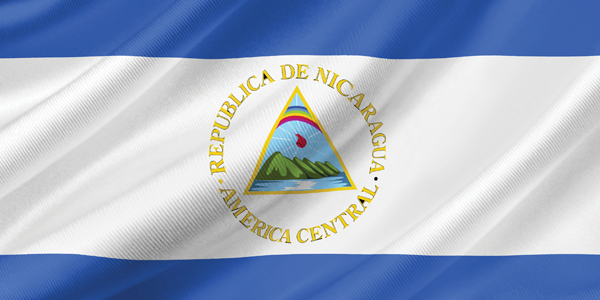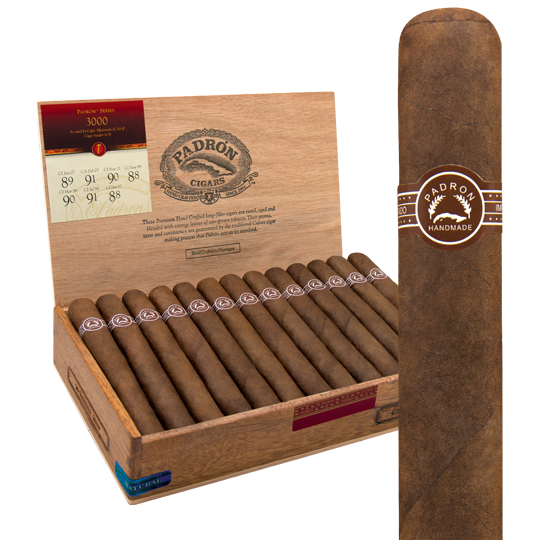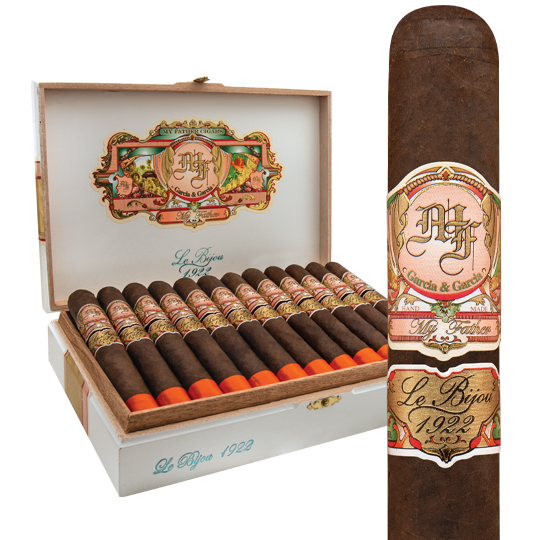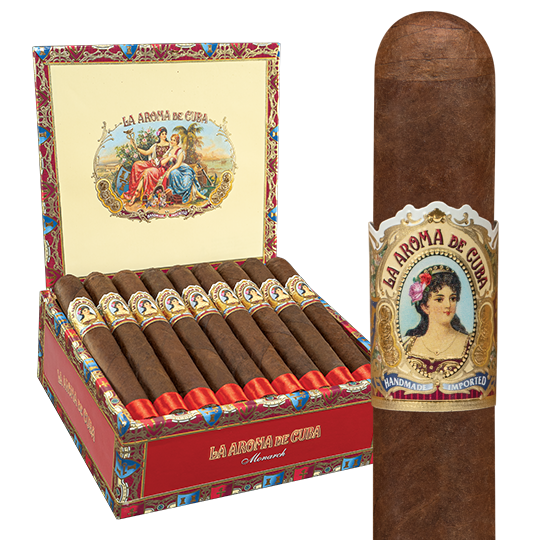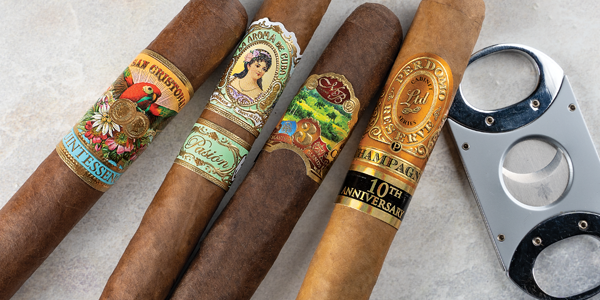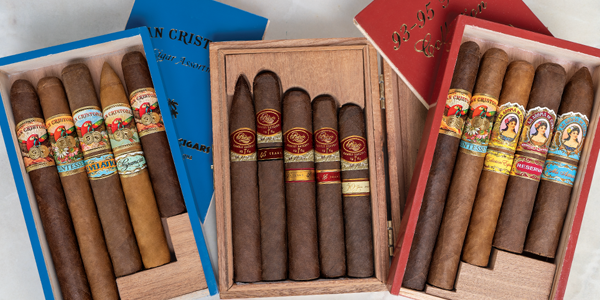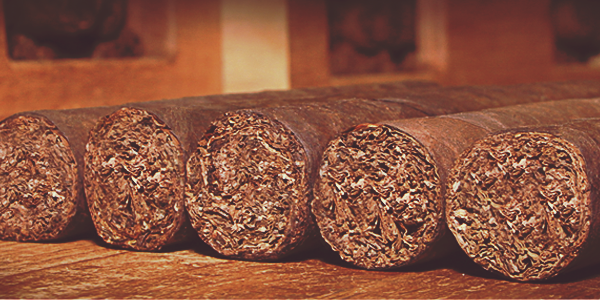A History of Cigars in Nicaragua
Today, Nicaragua is the world’s leader in the production of handmade premium cigars, making nearly 150 million of them annually. That, however, is a relatively recent development in terms of cigar history. The seed of the cigar industry in Nicaragua was actually planted in Cuba. In 1959. When Fidel Castro took over the island nation. That led to the well-documented exodus of Cuba’s great cigar makers. They searched for new lands, new soil that could support the tobacco and their artisanship. Nicaragua, especially in the north, was eventually recognized to have soil that many Cuban cigar exiles called ‘the second coming of Cuba.’ In places like Jalapa and Condega, the soil was just right.
Influence of the Cuban Embargo
Nicaragua’s former dictator, Anastasio Somoza, saw an opportunity in cigars. Nicaragua had cultivated cigarette tobacco for years, but in the 1960s the dictator decided to finance the Cubans who arrived to build a new industry. At first, many cigar makers mostly used the tobacco grown in Nicaragua to roll the cigars in small factories in places like Miami. Shortly after that, brands like Padrón and Arturo Fuente opened factories and began acquiring land in Estelí and north of there.
Revolution would once again chase the Cuban exiles away. In the 1970s, the Fuente family moved operations to the Dominican Republic. Other manufacturers went to bordering Honduras. Their factories were bombed, set ablaze or shot full of holes during the Sandinista uprising. Established in 1968, the Joya de Nicaragua factory, of which Somoza was a ‘partner,’ was bombed by his own air force 10 years later when the Sandinistas held Estelí. Much of it burned.
War and Weather
The Sandinistas took power in 1979 and began to follow the Cuban model of expropriation and redistribution. In 1984, the US imposed an embargo (hmm, sounds familiar) and the cigar industry lost its biggest market. Again. A new war would follow between the Sandinistas and rebels known as ‘contras,’ or counter-revolutionaries. At the end of the civil war, a new, non-Sandinista government won election in 1990. The embargo was lifted. The big cigar families got back their property and got down to work. Another setback occurred in 1998 when Hurricane Mitch devastated much of the land in Nicaragua and throughout Central America. Resilient as ever, the cigar industry rebounded one more time and that was, in essence, the rebirth of cigar making in Nicaragua today.
Estelí is Nicaragua’s cigar capital. Joya de Nicaragua is there and is one of the largest. Padrón’s operations have grown over the years and include proprietary tobacco fields. Plasencia has a large company that traditionally makes cigars, about 20 million a year, for many other brands and now its own. Even A. Fuente has announced it will return to open a factory there. The fields around Estelí produce fat tobacco leaves that offer a lot of spice, power and earthiness. The same goes for Condega, just north of the city, but the altitude gives the leaves a different texture. North of Estelí, along the Honduras border, Jalapa’s fields grow high-quality wrapper leaf. In Ometepe, a volcanic island in the middle of the large Lake Nicaragua to the south, grows a distinctive tobacco that is sweet and full of chocolate.
In 2018, more political turmoil rocked Nicaragua with protests against former Sandinista commander, now president of the country, Daniel Ortega. The cigar industry was affected again, mostly with delays in sending cigars out to their consumers. Still, many of those who work in the industry have lost family members to assassination and assault by pro-government groups. The situation has calmed down a bit, but tensions remain high.
Today’s Prominent Nicaraguan Brands
In 2019, a great number of the world’s best cigars are either made in Nicaragua or contain Nicaraguan leaf as an excellent blending element. That includes cigars made in the Dominican Republic or elsewhere. That is the case with the E.P. Carrillo Encore Majestic, the 2018 ‘#1 Cigar of the Year’ for Cigar Aficionado. The Majestic is all-Nicaraguan tobacco rolled in the company’s Dominican factory. It’s a Robusto with 5.375 x 52 dimensions and a woody, sweet and tangy profile. The finish has a lot of caramel and cedar.
Prominent cigars made in Nicaragua include My Father, which has its own factory in Estelí where it makes its own cigars as well as the San Cristobal, La Aroma de Cuba, and Tatuaje brands. My Father Le Bijou 1922 was Cigar Aficionado’s ‘ Cigar of the Year’ in 2015. In 2008, Casa Magna won that accolade with its all-Nicaraguan Robusto, still great and a bargain at about $8.00. This is a full-bodied smoke that is a great example of Nicaraguan power and spice with a sweet, earthy finish. The Montecristo Nicaragua earned a Cigar Aficionado ‘Top 10’ ranking and is made by AJ Fernandez. This chubby Robusto, 5 x 54, goes medium-full and has wonderful black pepper coming through. For about $12, you’re getting a very elegant cigar. Do I even need to mention Oliva? The box-pressed Oliva Serie V Melanio Figurado was Cigar Aficionado’s number one in 2014. This Perfecto, is 6.5 x 52, and sells for about $15 (though they can sometimes go on sale). An Ecuador Habano wrapper encases Nicaraguan filler and binder tobaccos that deliver pepper, caramel, and wood with a creamy finish. This is one that has to be in your humidor if you’re going to claim you know Nicaraguan cigars. The Rocky Patel Sun Grown Maduro, number two on Cigar Aficionado’s ‘Top 25’ list in 2016, is Nicaraguan inside a Connecticut Broadleaf wrapper. This 5 x 50 Robusto brings some serious bittersweet chocolate notes that mix well with the natural sweetness of the wrapper. And of course, there’s Padrón. Fifteen consecutive appearances in Cigar Aficionado’s ‘Top 10’ includes three ‘Cigar of the Year’ titles.
It’s easy to get excited talking about the best Nicaraguan cigars. We could go on listing some of the world’s greatest, but the point here is that Nicaragua has had a turbulent history and it’s no different for the cigar industry there. What endures is the tierra, the soil, the terroir. That, among other great attributes, has made the country a desirable location for the world’s best cigars.

